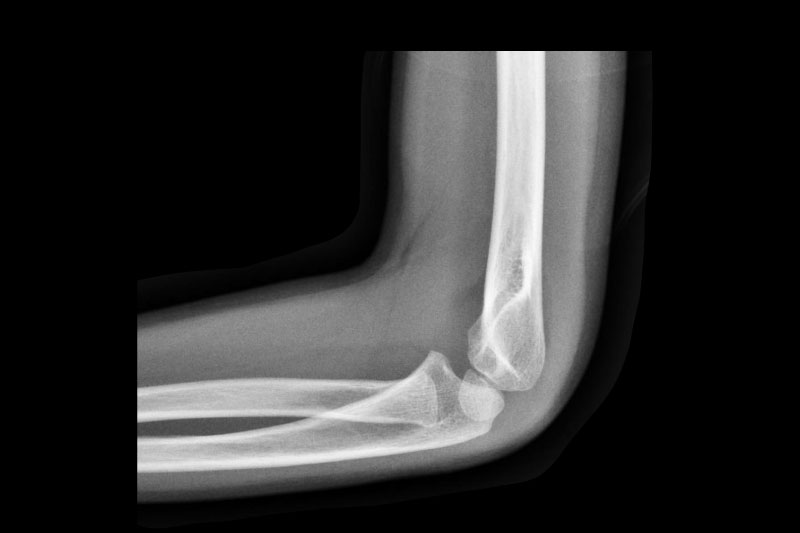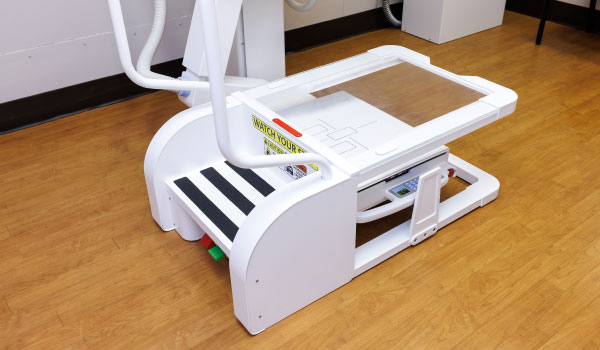
Children’s of Alabama orthopedic surgeons hope to streamline the process and reduce costs of elbow fracture treatment.
Elbow fractures are among the most common childhood injuries, accounting for about 10% of all childhood fractures. But according to a study led by Children’s of Alabama orthopedic surgeon Kevin Williams, M.D., the process for treating them isn’t as efficient or cost-effective as it can be.
Recently, Williams and his team evaluated a year’s worth—170 total—of supracondylar humerus fractures, a type of displaced break that occurs just above the elbow joint at the end of the humerus bone and needs to be put back in place and sometimes stabilized, often operatively. They found that surgeons at Children’s treated one of these fractures operatively every other day, but only 30–40% of patients were first seen at Children’s. The rest were transported from other areas of the state, with some coming from as far as Mississippi and Georgia. This means more time had elapsed before surgery, which is potentially problematic because prolonged displacement can increase swelling or compress nerves and blood vessels. This, in turn, increases the risk of compartment syndrome, a painful and debilitating condition that occurs when pressure within the muscles builds to dangerous levels, decreasing blood flow to nerve and muscle cells.
On average, transfers among cases in the study required almost three hours and came from about 70 miles away.
The study also assessed transportation methods, finding that children arrived faster when transported in private vehicles than ambulances. Patients often arrived unprepared for the immediate surgery required, and often, additional X-ray views were required to determine treatment.
Given the findings, Williams and his team are now investigating ways to streamline the transfer process and ensure patients arrive from other institutions ready for surgery.
They are also examining standard practices for non-displaced breaks, which can generally be managed with immobilization and usually don’t require surgery. Such patients often undergo repeated X-rays, which cost about $700 and expose the child to radiation. Williams’ findings indicate that obtaining repeated X-rays for such stable cases is unnecessary and too costly considering that the results don’t change the treatment modality.
Williams hopes to collaborate with other institutions to identify and develop best practices for managing elbow fractures. “Collaborative research allows updating approaches to continually provide the best, most up-to-date care for every child,” he said.
In the meantime, he advises prompt specialist referral for elbow fractures with rapid swelling, noticeable deformities, and impaired mobility. “It’s important to make sure that these children are seen as quickly as possible so we can give the care necessary,” he said.
Elbow fractures typically occur during play or sports when the child reaches out with their hands to block their fall. Proper and timely treatment is crucial to avoid long-term disabilities and complications.
“It’s very important for us to treat patients with displaced elbows operatively if the fracture is fairly displaced or angulated to make sure that the elbow heals and functions properly in the future,” Williams said.
“In this location, the bone doesn’t grow as much as other bones, such as those near the shoulder or wrist,” Williams said. “So, it’s imperative that we have these bones put back into place exactly where they were, or they could grow aberrantly with some type of angulation, causing some dysfunction in the future and potentially even resulting in nerve or muscle damage.”




